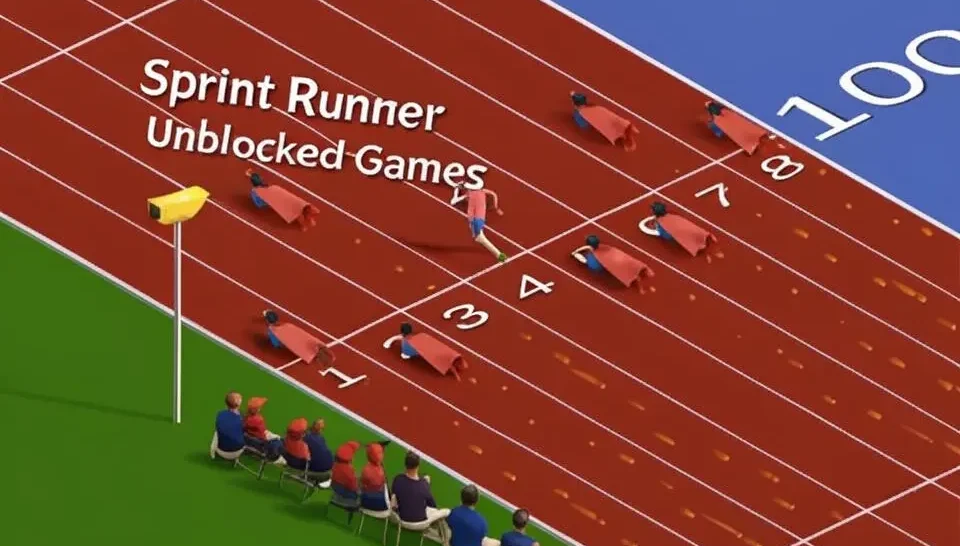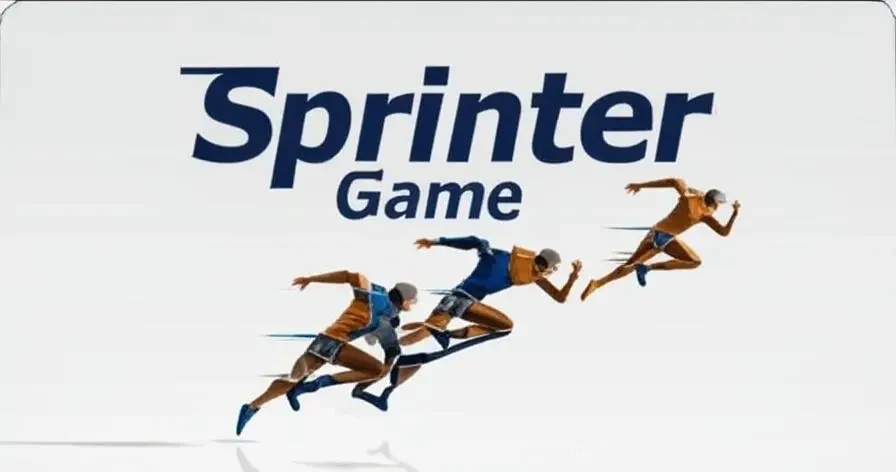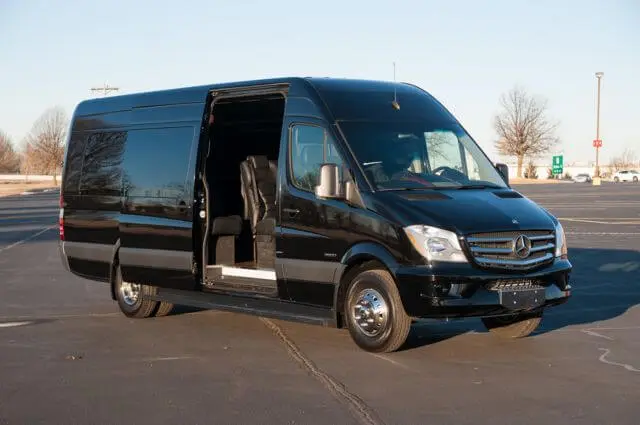A sprint triathlon is one of the most exciting and accessible events in the world of multi-sport racing. It offers a challenging yet achievable goal for beginners while also serving as a great way for seasoned athletes to sharpen their speed. This guide will walk you through everything you need to know, from the specific distances and training requirements to what to expect on race day. If you’ve ever considered pushing your limits and trying something new, a sprint triathlon could be the perfect adventure for you.
Key Takeaways
- Achievable Distances: A standard sprint triathlon consists of a 750m swim, a 20km bike ride, and a 5km run, making it a perfect entry point into the sport.
- Training is Key: A structured training plan is essential for success. Most beginners can prepare for a sprint triathlon in 8-12 weeks.
- Essential Gear: You don’t need the most expensive equipment to start. Key items include a swimsuit or tri-suit, a reliable bicycle, a helmet, and good running shoes.
- Transitions Matter: The changeover between swimming, cycling, and running is often called the “fourth discipline.” Practicing smooth transitions can significantly improve your overall time.
- Race Day Preparation: Knowing the course, arriving early, and having a race-day checklist can reduce stress and help you perform your best.
What is a Sprint Triathlon?
A sprint triathlon is the shortest and most popular form of triathlon. It’s a multi-stage competition involving three continuous and sequential endurance disciplines: swimming, cycling, and running. The name “sprint” can be a little misleading for newcomers. While elite athletes might finish in under an hour, most participants will take between 90 minutes and two hours to complete the race. This makes the sprint distance triathlon a fantastic challenge that requires endurance and strategy, not just raw speed.
The appeal of the triathlon sprint lies in its accessibility. The distances are long enough to be a real test of fitness but short enough that training doesn’t have to take over your life. This balance makes it the go-to choice for thousands of first-time triathletes every year. It’s a gateway into a vibrant and supportive community, offering a huge sense of accomplishment without the extreme commitment required for longer races like an Ironman.
Understanding Sprint Triathlon Distances
The standard and most widely recognized sprint triathlon distances are set by governing bodies like World Triathlon. While some local races may have slight variations, you can generally expect the following breakdown.
| Discipline | Distance (Metric) | Distance (Imperial) |
|---|---|---|
| Swim | 750 meters | 0.5 miles |
| Bike | 20 kilometers | 12.4 miles |
| Run | 5 kilometers | 3.1 miles |
These triathlon sprint distances provide a balanced test of your abilities. The swim is often the most daunting for beginners, but it’s the shortest leg of the race. The bike portion makes up the bulk of the distance, while the run is a familiar 5K—a common goal for many new runners. Understanding these distances is the first step in creating a realistic training plan and setting your goals for race day.
What About the Super Sprint Triathlon?
For those who find the standard sprint distances a bit too intimidating, the super sprint triathlon offers an even more accessible starting point. It’s a shorter version of the triathlon sprint, designed to give newcomers a taste of the sport without requiring as much training.
A super sprint triathlon typically includes:
- Swim: 400-500 meters (0.25-0.3 miles)
- Bike: 10 kilometers (6.2 miles)
- Run: 2.5 kilometers (1.6 miles)
The super sprint triathlon is perfect for young athletes, individuals who are nervous about the open water swim, or anyone looking for a fun and fast-paced event. It lowers the barrier to entry and allows you to experience the excitement of a triathlon with less pressure.

Starting Your Sprint Triathlon Training Program
Embarking on a sprint triathlon training program is an exciting journey. A well-structured plan will build your fitness across all three disciplines, prevent injuries, and ensure you arrive at the starting line feeling confident. Most beginner-friendly plans last between 8 and 12 weeks, which is enough time to build the necessary endurance.
Your sprint triathlon training program should be balanced, incorporating at least two sessions of each discipline per week. For example, you might swim on Mondays and Thursdays, bike on Tuesdays and Saturdays, and run on Wednesdays and Fridays. It’s also crucial to include at least one rest day per week to allow your body to recover and adapt. As you progress, you can start incorporating “brick” workouts—sessions where you practice two disciplines back-to-back, like a bike ride followed immediately by a short run. This helps your body get used to the feeling of running on tired legs.
Creating a Sprint Distance Triathlon Training Schedule
A good sprint distance triathlon training schedule provides structure and progression. It should gradually increase in volume and intensity over time, with a “taper” week just before the race where you reduce your training to rest up.
Here’s what a sample week might look like for a beginner in the middle of their training plan:
- Monday: Swim (focus on technique and drills, 30-45 minutes).
- Tuesday: Bike (moderate intensity, 45-60 minutes).
- Wednesday: Run (easy pace, 30 minutes).
- Thursday: Swim (focus on endurance, 30-45 minutes).
- Friday: Rest or active recovery (like a gentle walk or stretching).
- Saturday: Long Bike (build endurance, 60-90 minutes), followed by a short Run (10-15 minutes). This is a brick workout.
- Sunday: Long Run (build endurance, 45-60 minutes at a comfortable pace).
This schedule is just a template. The most effective sprint triathlon training plan is one that fits your lifestyle, current fitness level, and personal goals. Listen to your body and don’t be afraid to adjust the plan as needed.
Essential Gear for Your First Triathlon Sprint
Gearing up for a triathlon can seem overwhelming, but you don’t need to break the bank to get started. Focus on the essentials first, and you can always upgrade your equipment later.
Swim Gear
For the swim, your needs will depend on whether the race is in a pool or open water.
- Goggles: A good, non-leaky pair of goggles is a must.
- Swimsuit or Tri-Suit: A comfortable swimsuit works fine for your first race. A tri-suit is a specialized one or two-piece outfit designed to be worn for all three legs of the race, saving you from changing clothes in transition.
- Wetsuit (for open water): If the water is cold, a wetsuit will be necessary. It provides buoyancy and warmth, which can make the swim much more comfortable. Check the race rules for water temperature guidelines.
Bike Gear
The bike leg is the longest part of the race, so having the right gear is important for both comfort and safety.
- Bicycle: Any roadworthy bike will do for your first sprint triathlon. A road bike is ideal, but a hybrid or even a mountain bike can work. Just make sure it’s in good working order.
- Helmet: A helmet is mandatory for all triathlon sprint races. No helmet, no race.
- Water Bottle: You’ll need to stay hydrated on the bike course.
Run Gear
The run is the final leg, so comfort is key.
- Running Shoes: Invest in a good pair of running shoes that fit well and are suited to your running style.
- Comfortable Clothing: If you’re not using a tri-suit, have a shirt and shorts ready to pull on over your swimsuit.
- Race Belt: This is an elastic belt that holds your race number, making it easy to display during the run without pinning it to your shirt.
Mastering the Fourth Discipline: Transitions
Transitions, the time spent switching between disciplines, are often called the “fourth discipline” of a triathlon. A smooth and efficient transition can save you valuable minutes and mental energy. There are two transitions in a race: T1 (swim to bike) and T2 (bike to run).
T1: Swim to Bike
After exiting the water, you’ll run to the transition area to find your bike. Here’s a typical T1 sequence:
- Remove your wetsuit (if wearing one), cap, and goggles.
- Put on your helmet. This must be done before you touch your bike.
- Put on your sunglasses and cycling shoes.
- Grab your bike and run it to the “mount line” before getting on.
T2: Bike to Run
After completing the bike course, you’ll dismount at the “dismount line” and run your bike back to your spot in the transition area.
- Rack your bike.
- Take off your helmet. You cannot unclip your helmet until your bike is racked.
- Swap your cycling shoes for running shoes.
- Grab your race belt (if you didn’t put it on in T1) and head out for the run.
Practice your transitions as part of your training. Set up your gear at home or in a park and run through the motions. This will help you feel more confident and less flustered on race day.
Finding Triathlon Sprint Races
With the popularity of the sport, there are triathlon sprint races happening all over the country throughout the year. Finding one is easier than ever. Websites like FindaRace.com, Active.com, and the USA Triathlon (USAT) events calendar are excellent resources. You can search for events by location, date, and distance.
When choosing a race, consider a few factors.
- Location: A local race is often less stressful for your first time.
- Course Profile: Look for a race with a relatively flat bike and run course if you’re new to the sport.
- Water Type: Decide if you prefer a pool swim or are ready to tackle an open water swim in a lake or ocean.
Many races are designed specifically with beginners in mind, offering pre-race clinics and a particularly welcoming atmosphere. Don’t hesitate to reach out to race organizers with any questions you might have.
Conclusion: Crossing the Finish Line
Completing a sprint triathlon is a remarkable achievement that combines physical endurance with mental strength. The journey from starting your training to crossing that finish line is filled with personal growth, challenges, and incredible rewards. You’ll push your body to new limits, discover a new level of determination, and join a community of passionate and supportive athletes.
Remember that the goal for your first race is to have fun and finish with a smile. Embrace the process, celebrate your progress, and enjoy every moment of the experience. You are capable of more than you think, and the world of triathlon is waiting for you to dive in.
Frequently Asked Questions (FAQ)
Q1: How long does it take to finish a sprint triathlon?
For beginners, a typical finishing time is between 1 hour 30 minutes and 2 hours. Elite athletes can finish in under an hour. Your time will depend on your fitness level, the course, and the conditions on race day.
Q2: Do I need a special triathlon bike?
No, you do not need an expensive triathlon bike for your first race. Any bike that is in safe, working condition is acceptable. A road bike is a great option, but many people complete their first sprint triathlon on a hybrid or mountain bike.
Q3: What is the hardest part of a sprint triathlon?
This is subjective and varies from person to person. Many beginners find the open water swim to be the most challenging part due to inexperience and anxiety. Others find running after the bike leg (the “jelly legs” feeling) to be the toughest. Your sprint triathlon training plan should help you prepare for all three.
Q4: Can I walk during the run portion?
Absolutely! It is very common for participants to take walk breaks during the run, especially in their first race. The goal is to finish, so listen to your body and do what you need to do to cross that finish line.
Q5: What is a “brick” workout?
A brick workout is a training session where you complete two disciplines back-to-back with no rest in between, most commonly a bike ride followed immediately by a run. This helps your leg muscles adapt to the transition from cycling to running.












